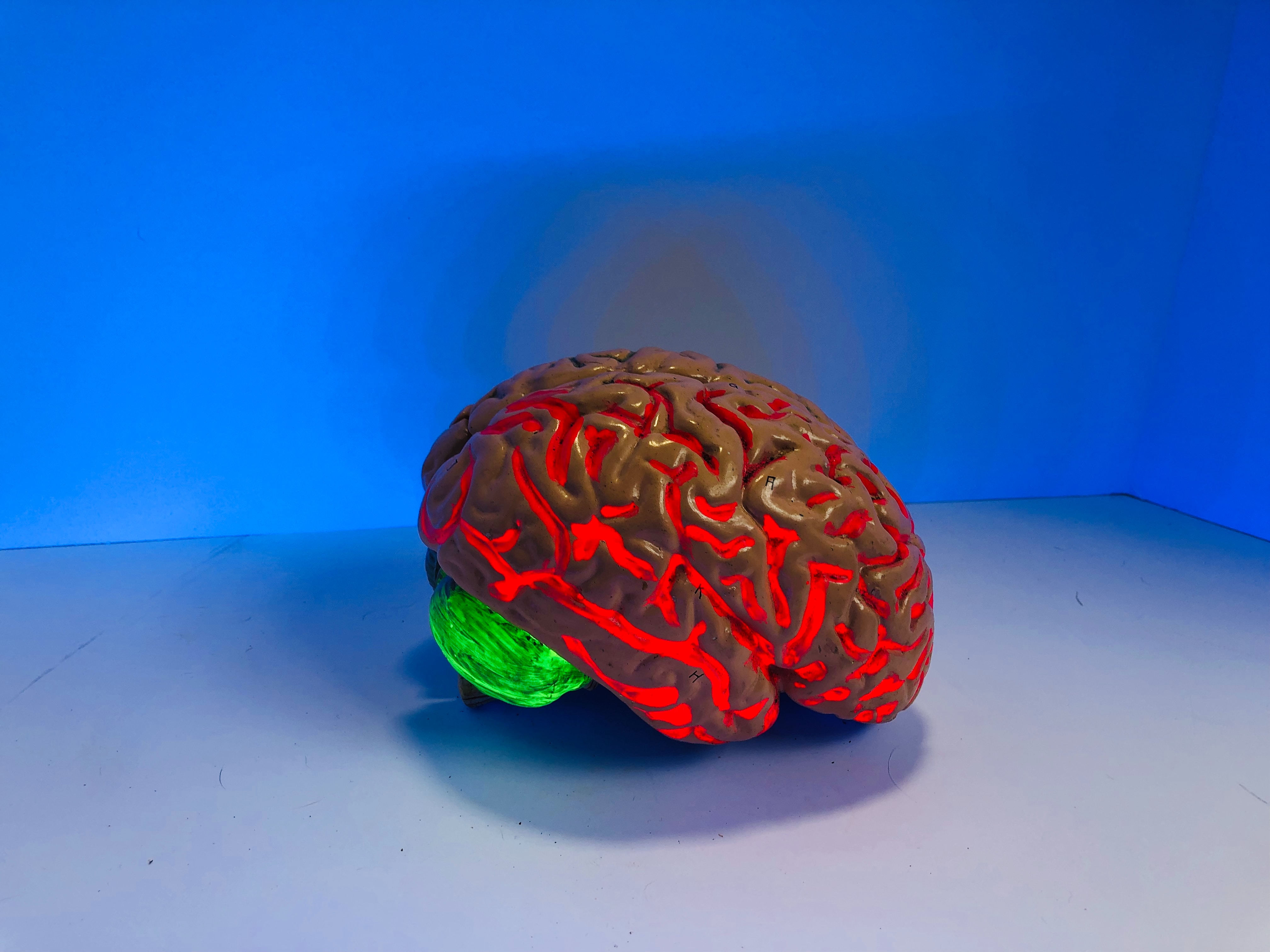As much as we’d like to believe it, humans aren’t completely rational decision-makers. Our brains are actually on auto-pilot much of the time, searching for efficiencies and taking shortcuts wherever possible.
We wouldn’t be able to live in such a sensory and information-saturated world without the shortcuts our brains make. However, they can often lead to a phenomenon called cognitive bias.
Here are some examples of cognitive biases:
- Anchoring and Recency Bias
Paying more attention or putting more weight on a specific piece of information above all else (for example, the first or last information you heard). - Sunk-cost Bias
Making choices that support past decisions or continuing with a course of action that has been proven to be mistaken because of invested time, energy, money, reputation, and more. - Halo Effect
“Admiration for someone can lead us to do or believe things that we normally wouldn’t.” (INX Software) - Incentive-caused Bias
Repeating behaviours that are associated with earning a reward or gaining praise. - Overconfidence
Becoming too confident in our abilities (this often happens with experts) and therefore, taking greater risks.
There are many more, which you can learn about using this infographic, including the “Ostrich Effect” where people tend to bury their heads in the sand… a familiar workplace phenomenon, we’re sure you’ll agree!
These biases impact everyone – even the best leaders – and influence our decision-making. We are even more susceptible to biases when we’re tired, stressed, or multi-tasking. That’s why they’re important to consider when it comes to workplace safety. So, how can we navigate them to minimise risk?
- Raise cognitive bias awareness by educating employees via newsletters and notices
- Encourage inquiry, debate, and a “devil’s advocate” during safety conversations
- Double-check and improve processes (don’t always believe that what you have been told to do historically is “gospel”)
- Promote collaboration so that people can spot each other’s biases
- Audit and observe tasks to identify unsafe behaviour
- Report poor supervision and escalate safety issues
It is impossible to completely eradicate cognitive bias but if you follow these steps then you have the opportunity to create a safer working environment and, potentially, even save lives!




